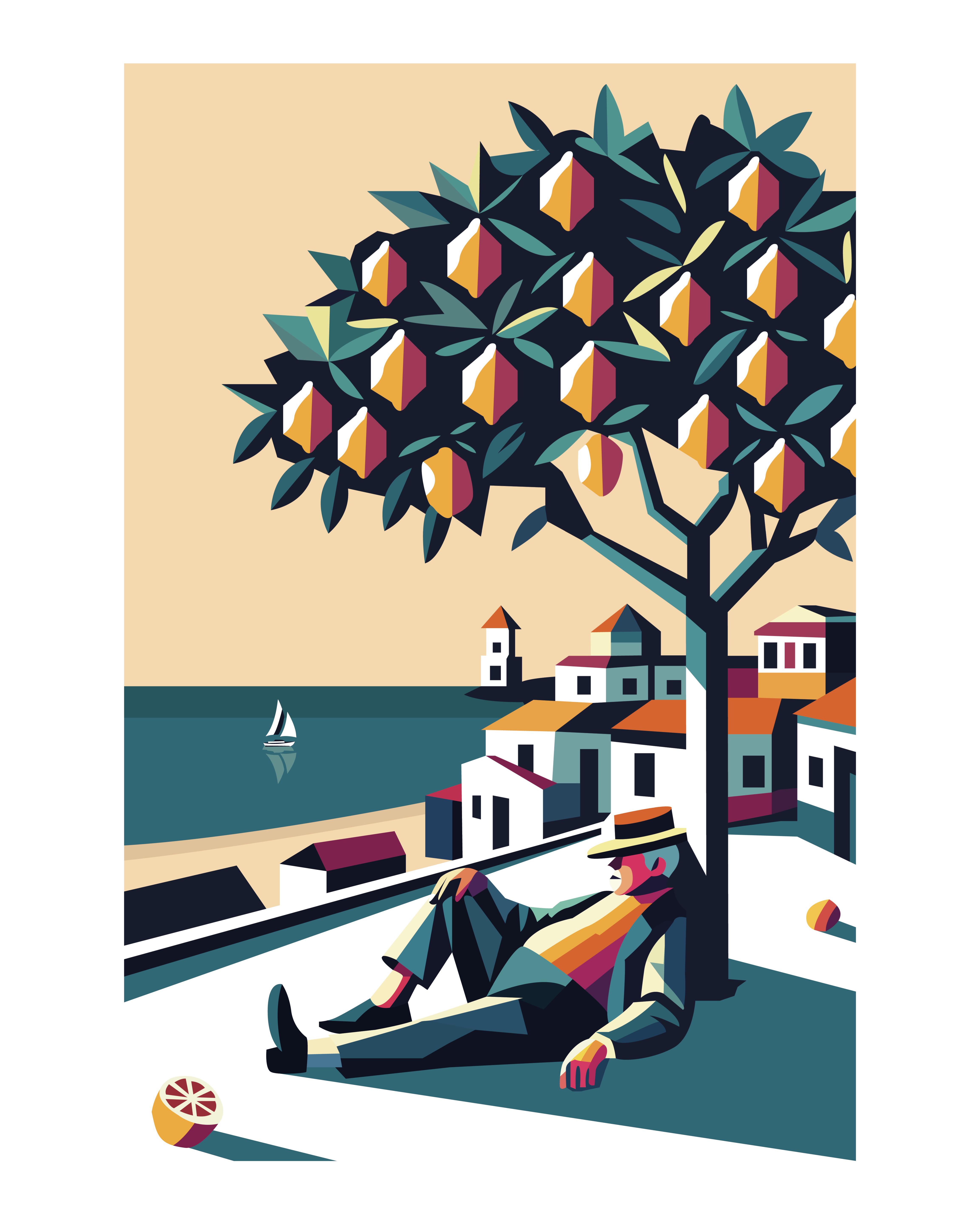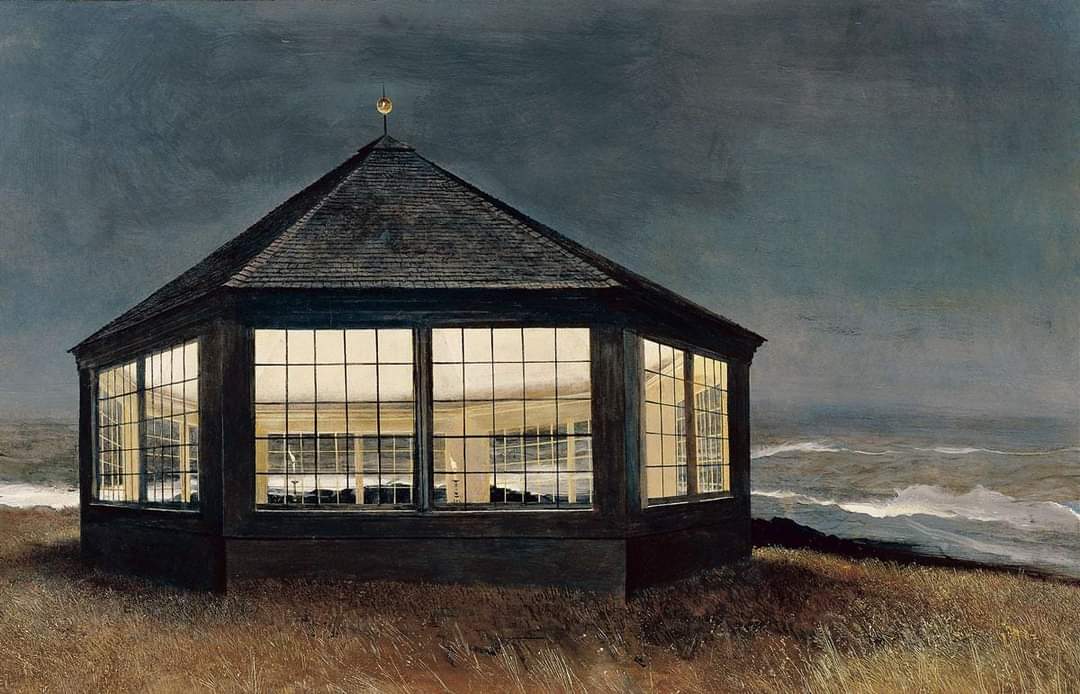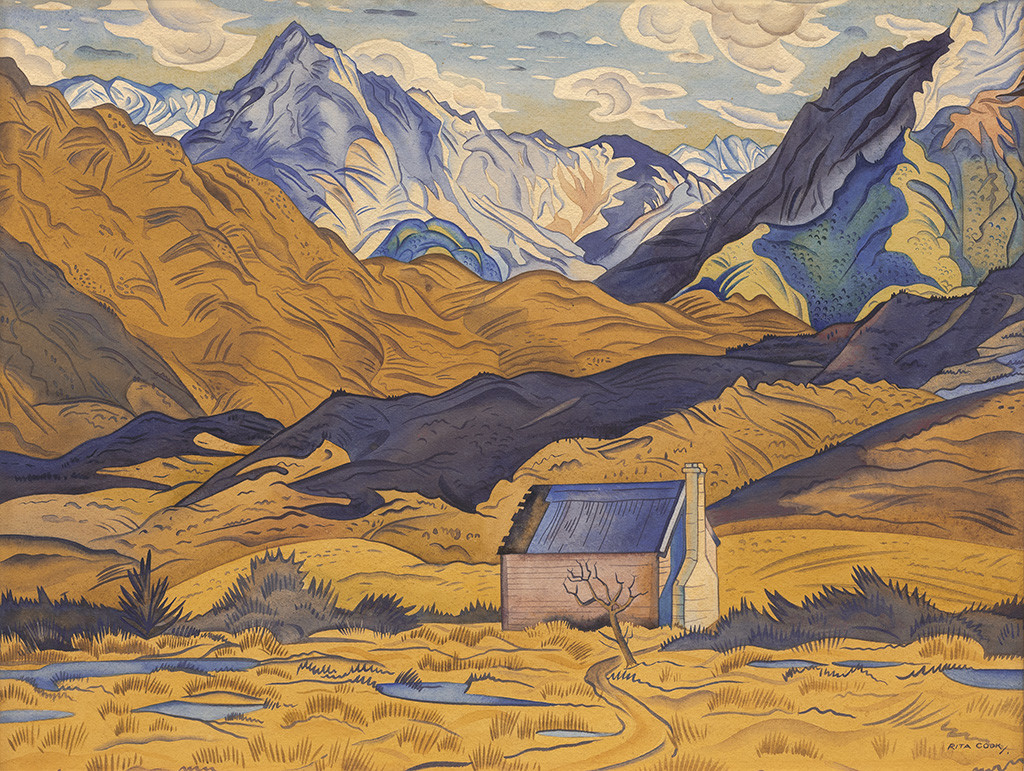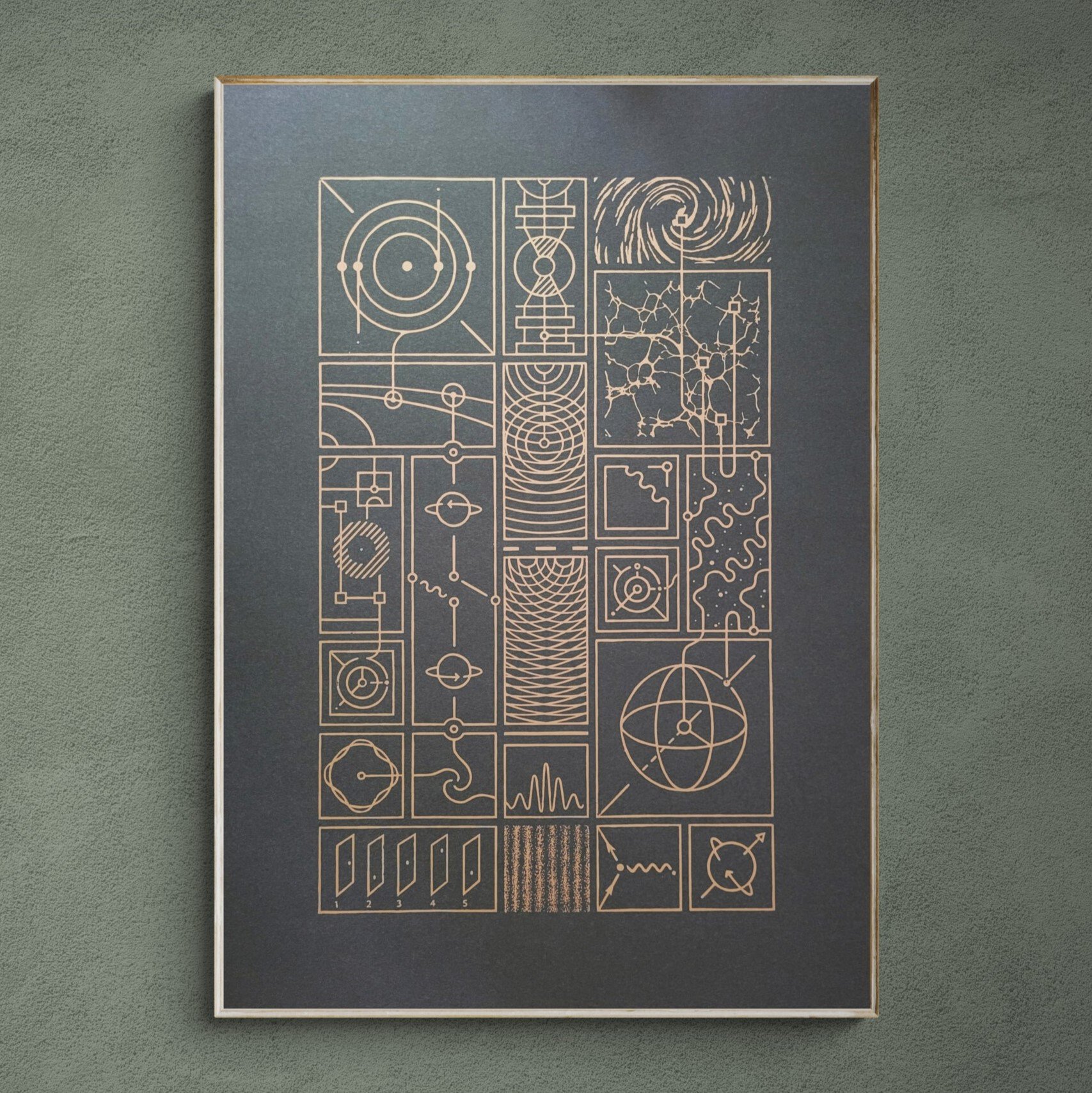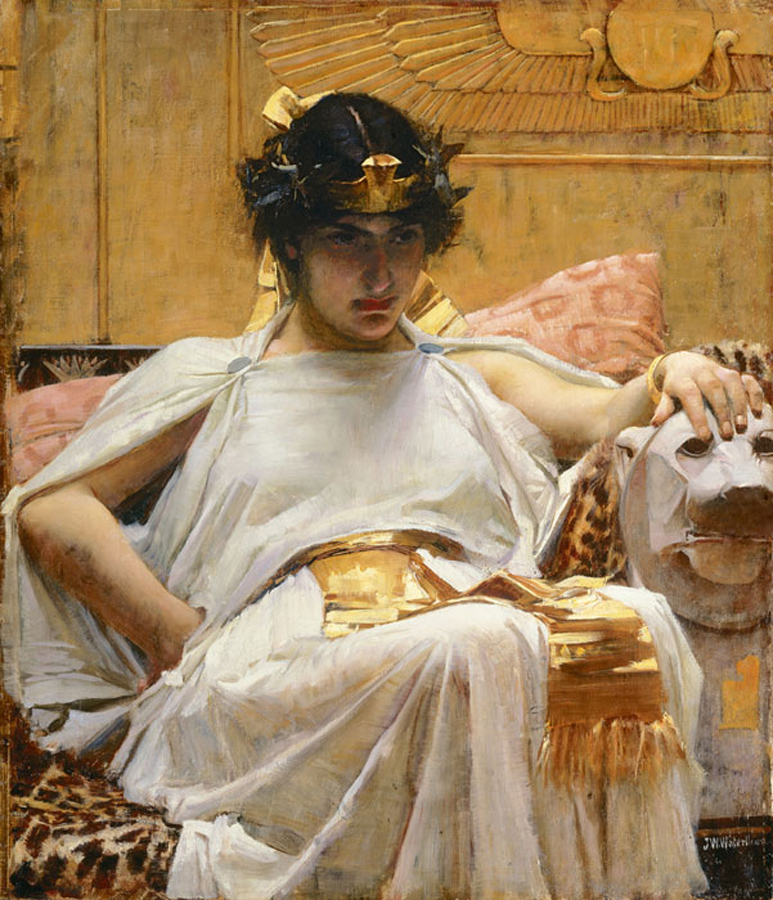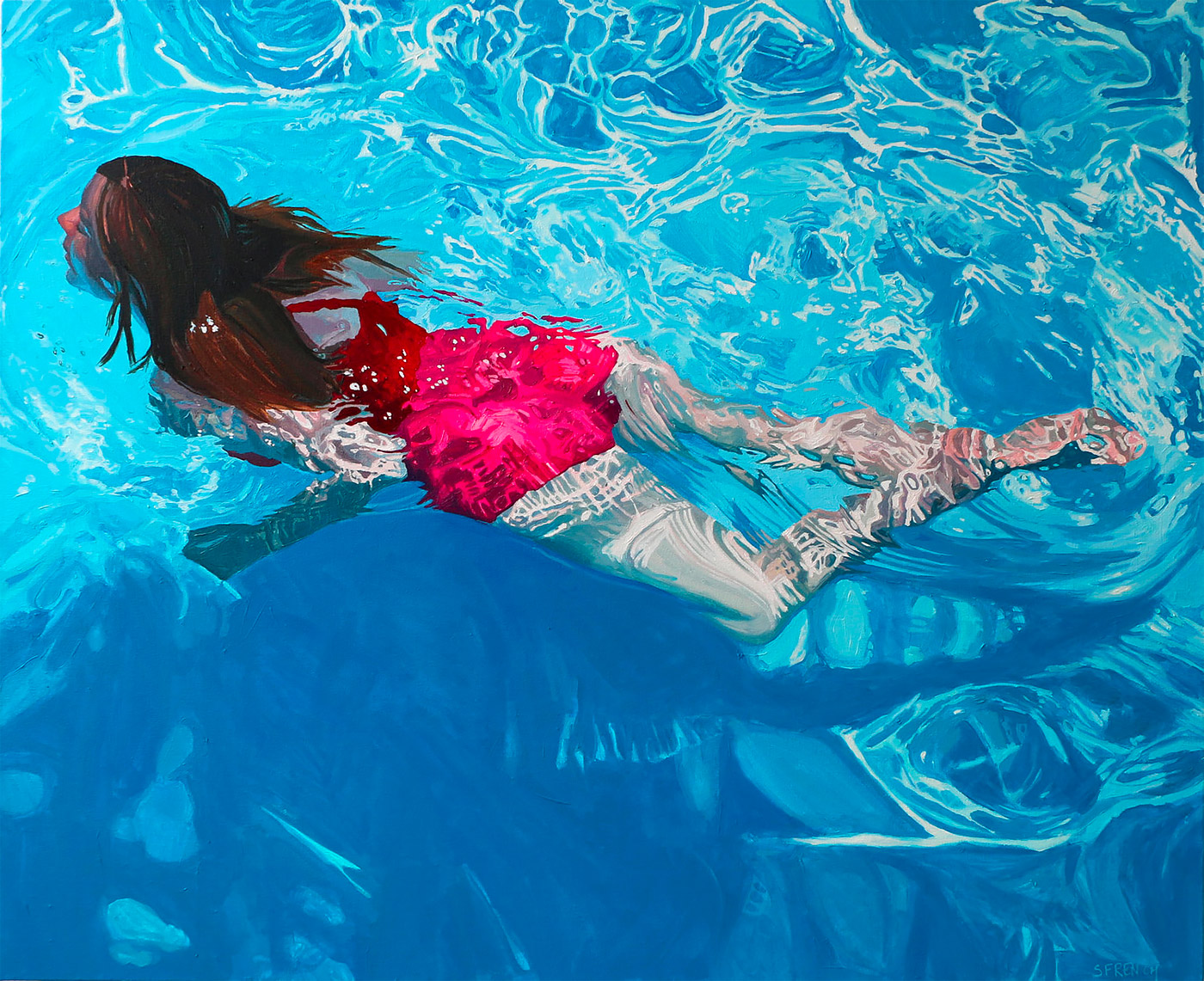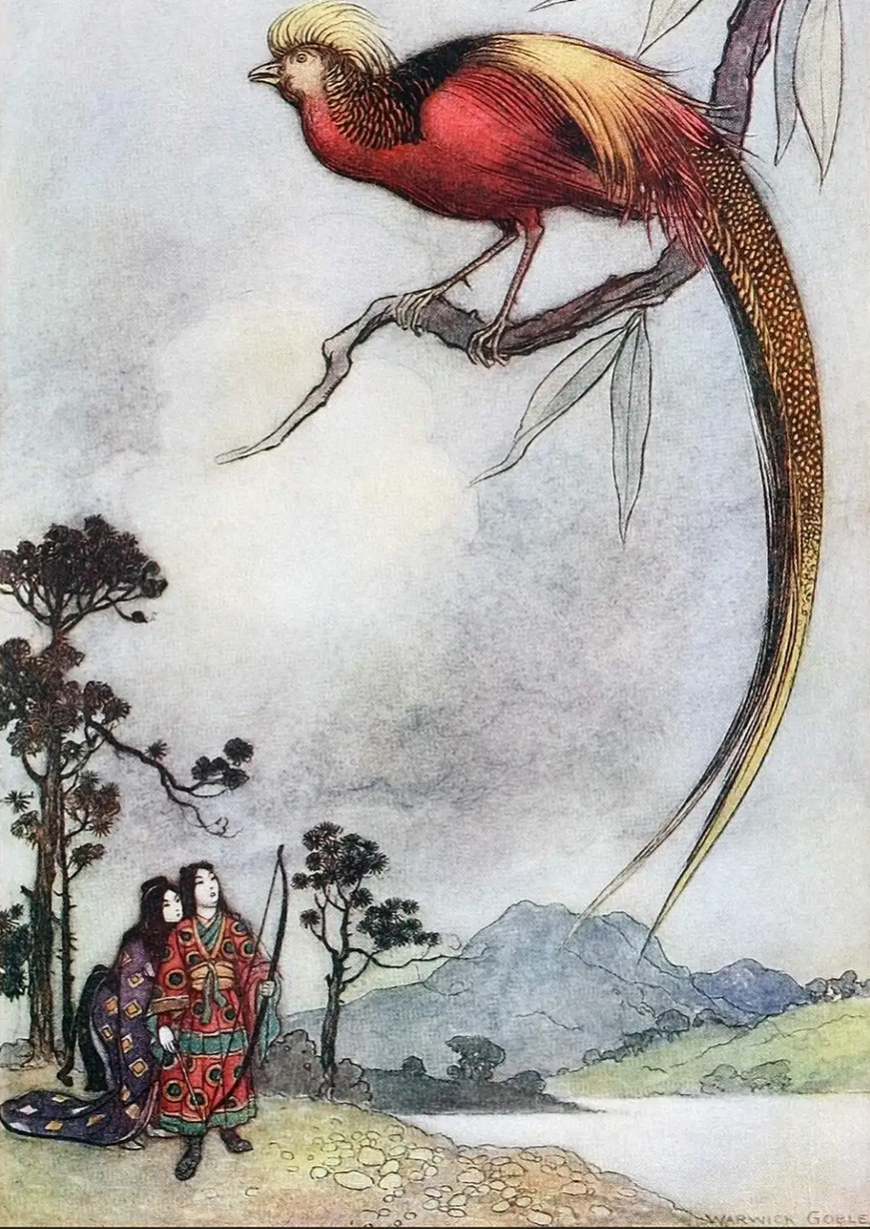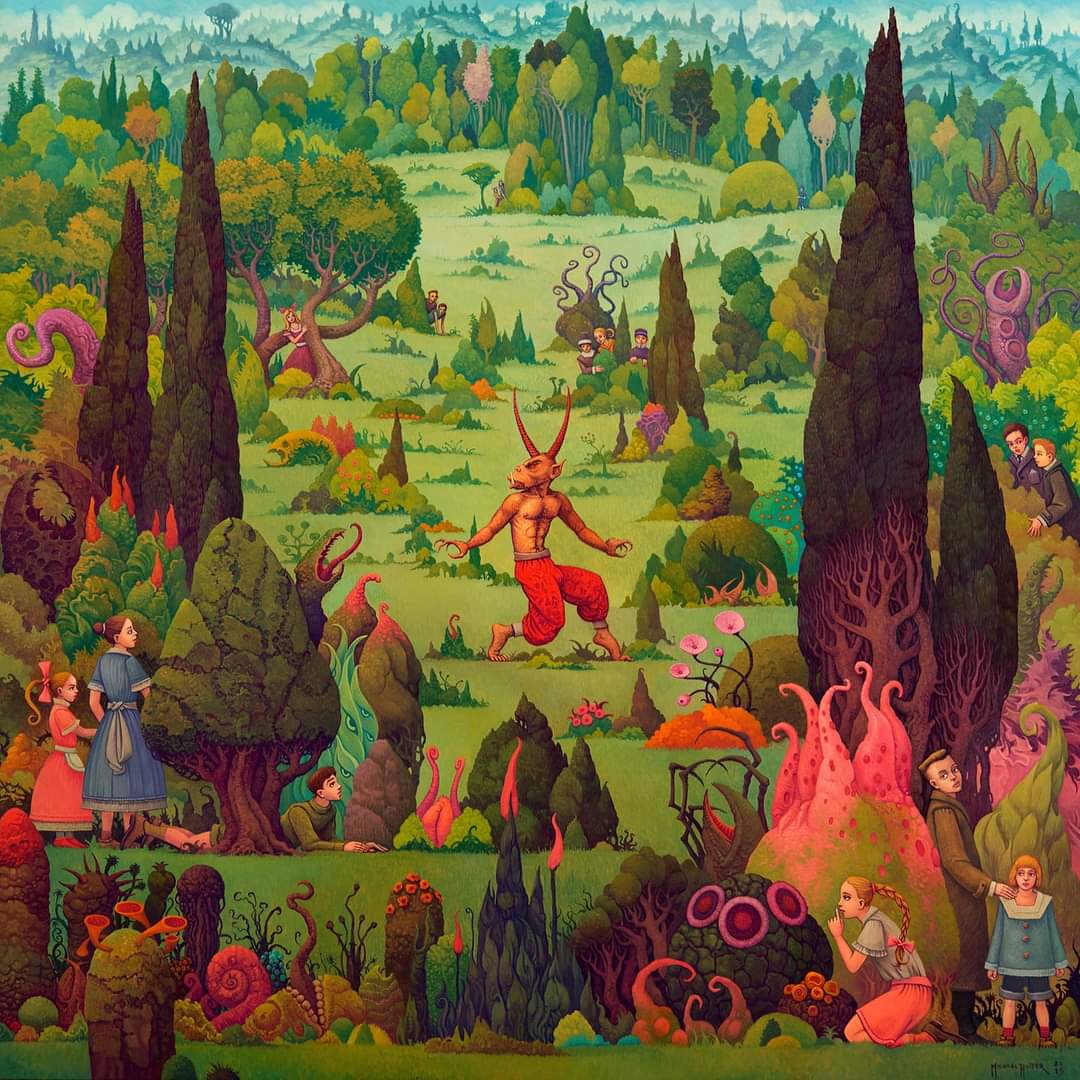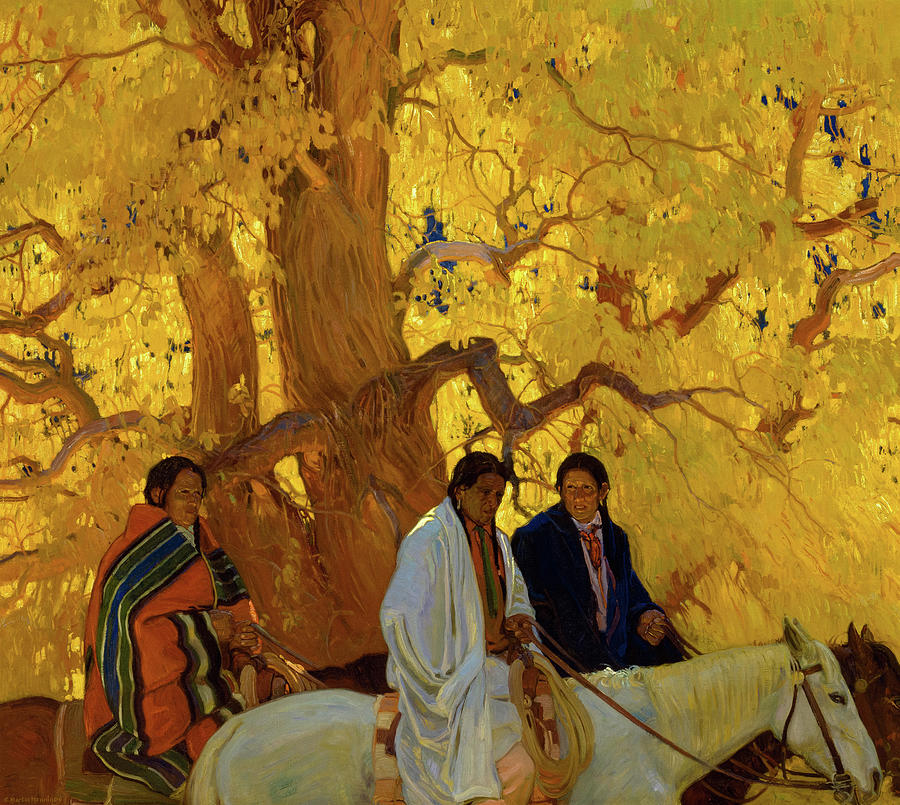1
artporn
3620 readers
127 users here now
Wander the gallery. Look at the art. Be polite. If you feel able please post some great art :)
founded 1 year ago
MODERATORS
2
3
39
Breton Fishermena and Their Families - Augustin Théodule Ribot (1880-85) 🇫🇷
(upload.wikimedia.org)
4
5
6
7
8
9
10
11
12
13
14
15
16
17
18
19
20
21
22
23
24
25
view more: next ›
